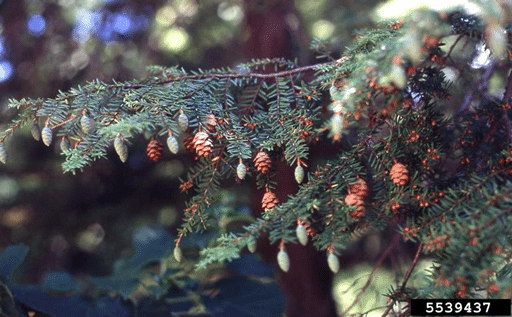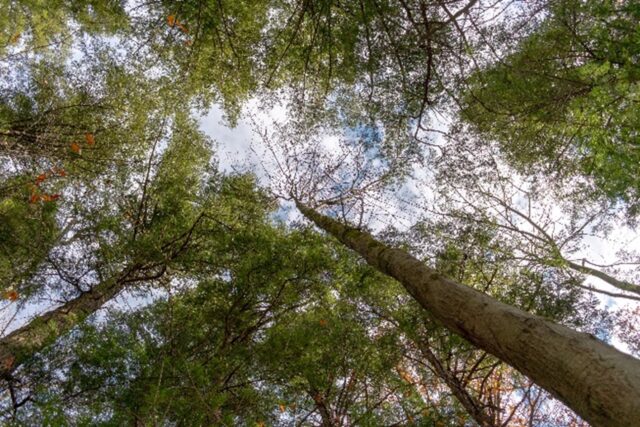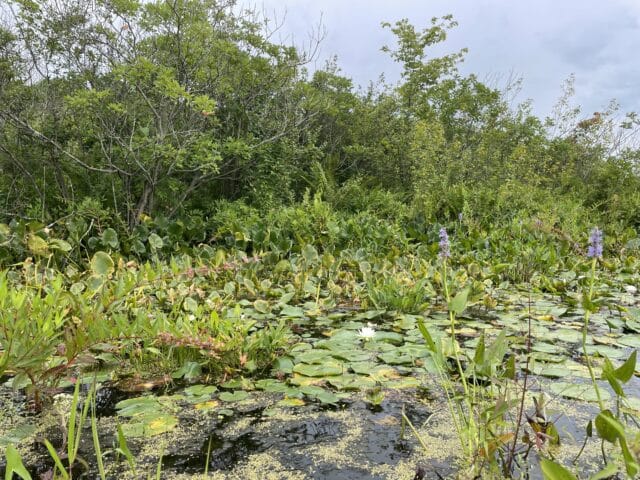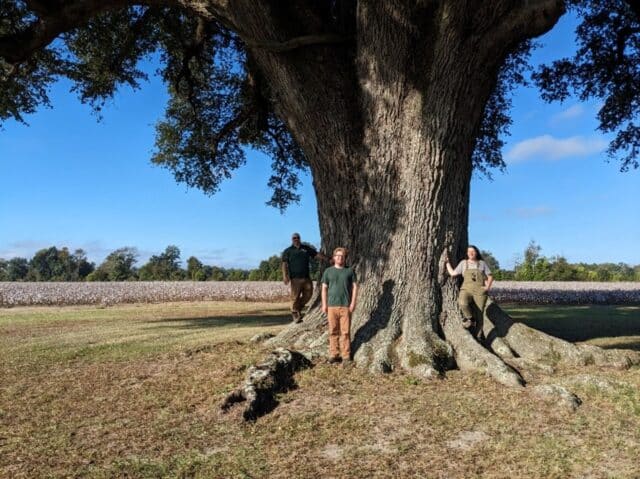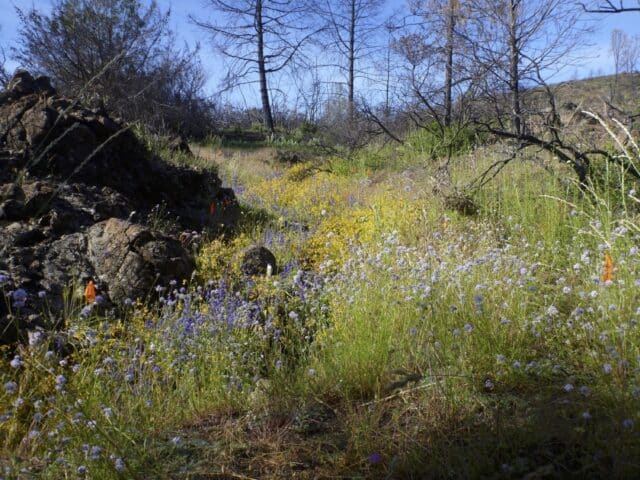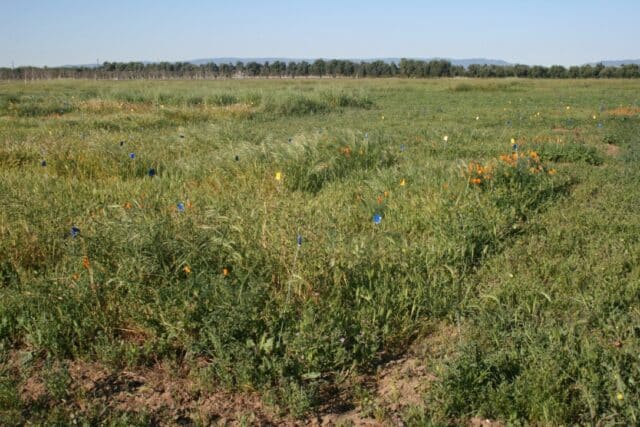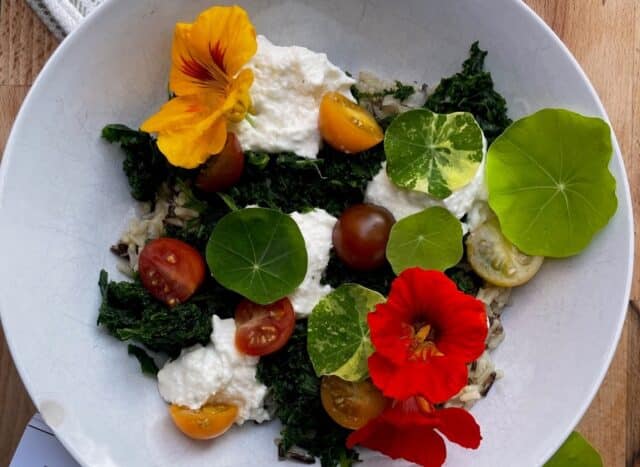
Garlic mustard is an herb covering forest floors across North America. However, it wasn’t always found here. Garlic mustard is an invasive species brought to the United States from Europe in the mid-1800s. Its fast growth and ability to produce chemicals that inhibit the growth of neighboring plants has made it incredibly common, and land managers work hard every year to keep the species in check.
In its native range Europe, garlic mustard is eaten by a wide variety of insects. In North America, there are few insect herbivores that specifically eat garlic mustard. That changed in 2021, when the garlic mustard aphid (Lipaphis alliariae) was discovered at the Holden Arboretum by Holden’s Conservation Biologist, Becah Troutman. The garlic mustard aphid is native to Europe and specifically feeds on garlic mustard. The observation of this aphid in forests at the Holden Arboretum was the first documented sighting in North America.
Additionally, Becah noticed that plants with the aphids looked less healthy. Leaves appeared wrinkled, and strangely, the usually straight seed pods became twisted!
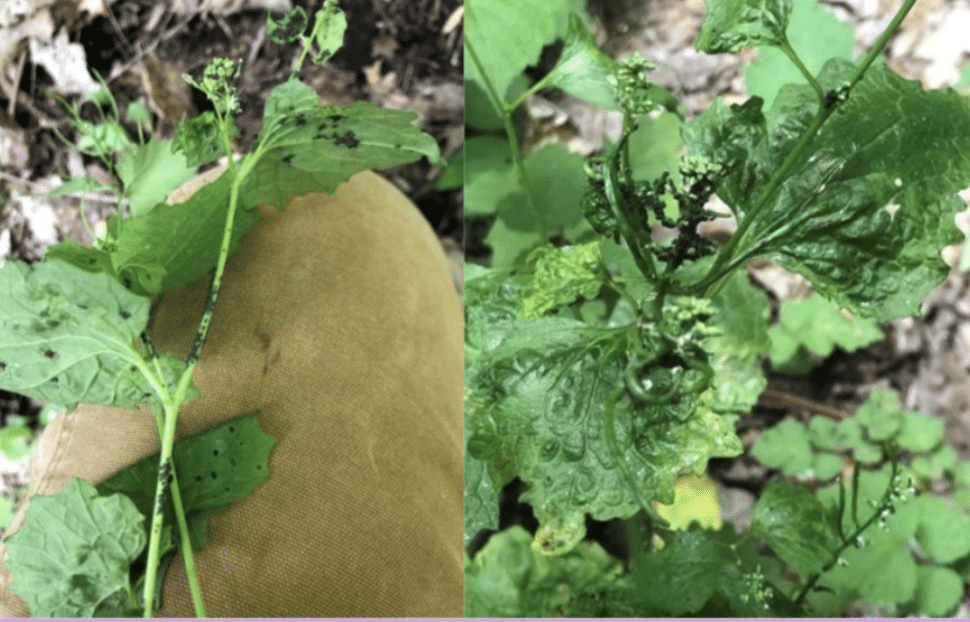
The Community Ecology Lab at Holden Forests & Gardens, run by Katie Stuble, set out to determine whether the aphid may potentially cause declines in garlic mustard populations. Working in collaboration with the HF&G Conservation Team and with lots of help from volunteers, the lab compared characteristics such as plant height, the number of seeds, the number of twisted seed pods, and more on aphid-infested and uninfested plants.
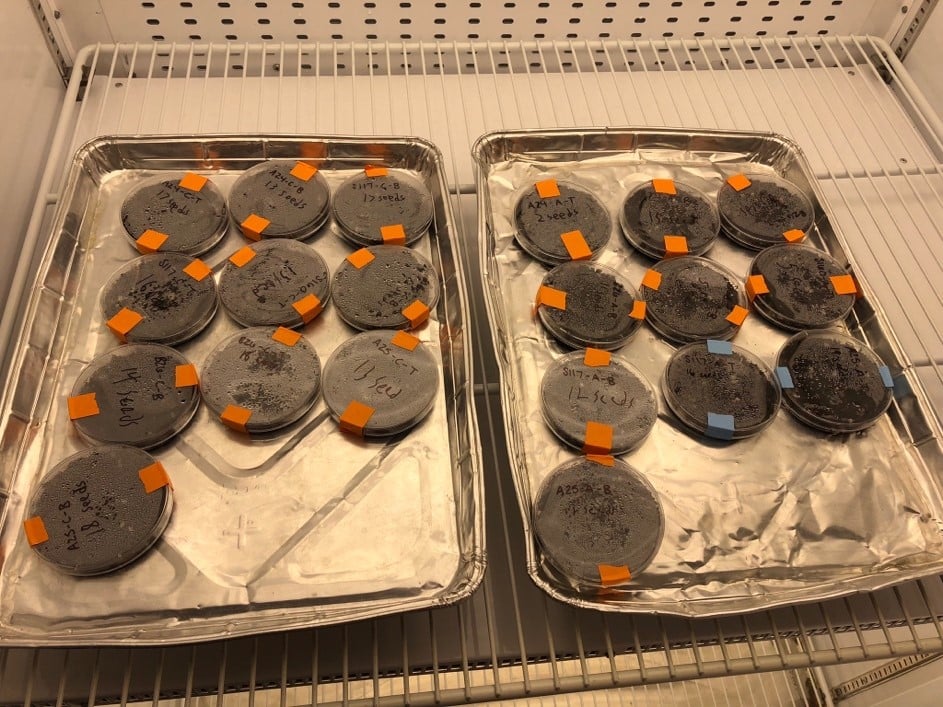
Now, in the winter, our focus is turned to the seeds of these plants, with one big question: Are infested plants less likely to produce a new generation of garlic mustard plants? We are currently testing whether the seeds of infested plants are less viable (less likely to result in a new plant) than seeds from uninfested individuals. We’re also growing the resultant seedlings to explore the impacts of these aphids on the offspring of infested plants.
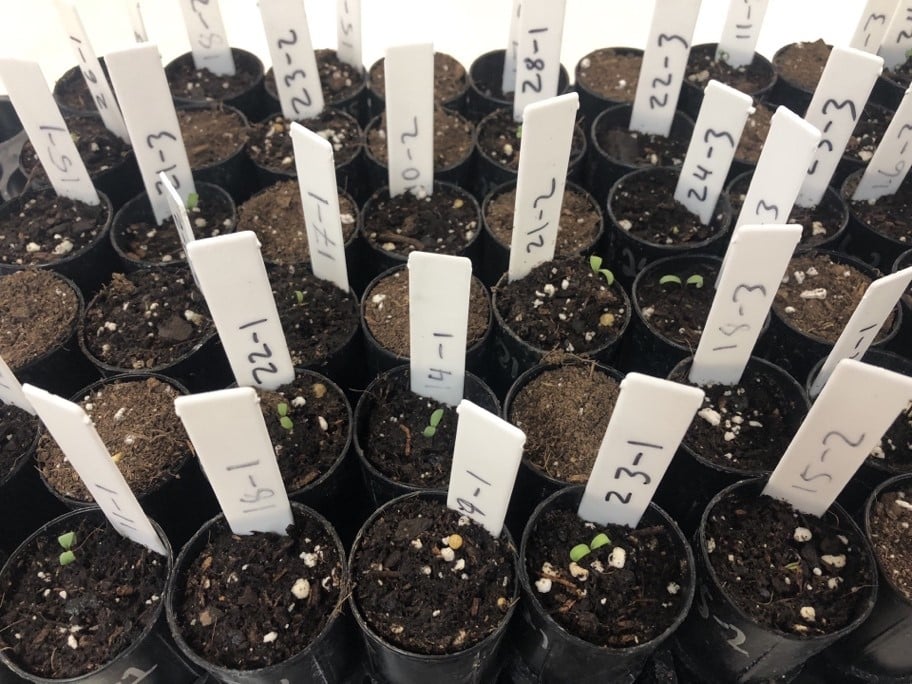
We are excited to learn more about the impacts of this newly arrived aphid on garlic mustard and explore the possibility of it acting as a natural bio-control agent for this detrimental invasive species.
Stay tuned for more aphid updates when we get back out into the field this spring!
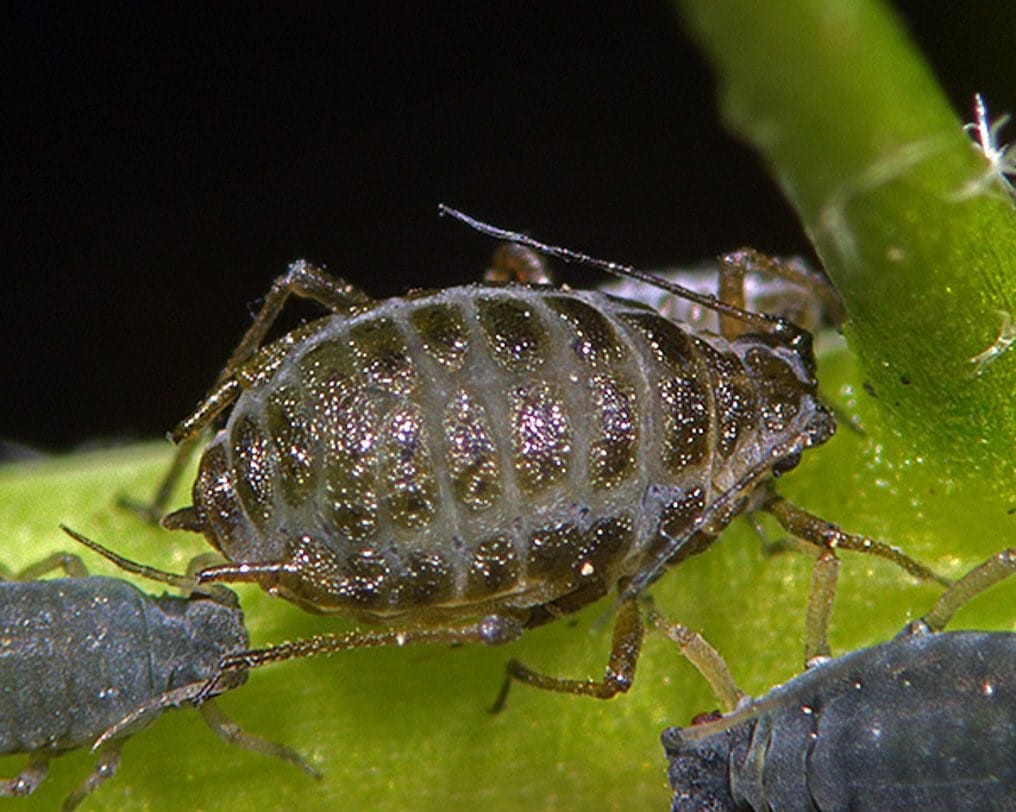

Kaylin Engerman
Norweb Fellow
Kaylin Engerman (she/her/hers) the 2023-2024 Norweb Fellow. I am the Norweb Fellow in the Research Department at Holden Forests & Gardens. I am interested in conservation and restoration ecology in forest ecosystems. I am especially fascinated by how climate change is affecting natural communities. I am currently conducting research in the lab of Dr. Katie Stuble, focusing on the impacts of non-native species on local ecosystems. I love the natural world and am excited to continue to learn about the intricacies of community ecology.
